Which Cat Breed Holds the Title for the Largest Domestic Breed?
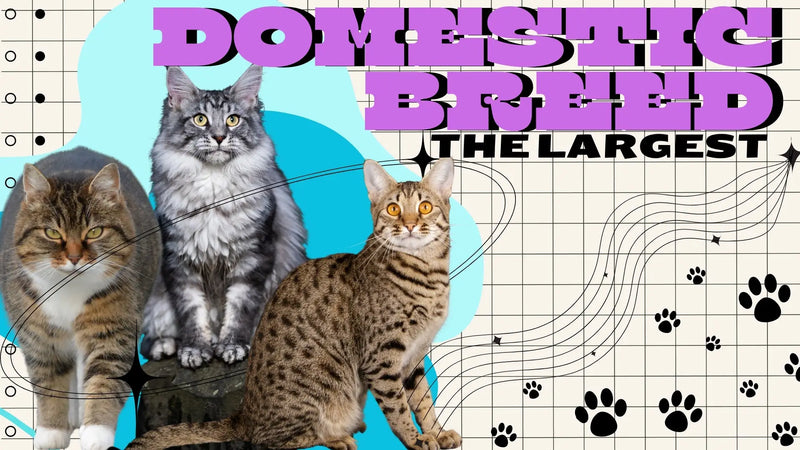
Cats come in all shapes and sizes, but some stand out not just for their personalities, but for their sheer size! If you’ve ever wondered which cat breed claims the title of “largest,” you’re in the right place. In this article, we’ll explore some of the biggest feline giants, from the gentle Maine Coon to the exotic Savannah, and what makes each of them special beyond their size.
But before you go on in this blog and own your own kitten, you should learn the basics of getting one. Starting from purchase to upkeep, you should know it by heart. Have a read on this blog that every owner shall see first, Essential Care Tips for Purebred Cats: Understanding Their Unique Needs.
The Beautiful Variety of Domestic Cats
When it comes to cats, variety is truly the spice of life. From the sleek and regal Siamese to the fluffy and cuddly Persian, there’s a cat for every personality type. But what about those cats that tip the scales and take up more than their fair share of your couch?
Genetics, diet, and environment all play key roles in a cat’s growth, but let’s take a closer look at the breeds that are known for their jaw-dropping size.
Meet the Gentle Giants
1. Maine Coon: The Ultimate Gentle Giant
The Maine Coon is often referred to as the "friendly giant" of the cat world, and for good reason. These cats can weigh anywhere from 12 to 18 pounds (sometimes more!) and are known for their sturdy build and thick fur coats that help them survive cold winters. But beyond their impressive size, they’re incredibly gentle, playful, and affectionate. They love being around people and are great with families, making them one of the most popular cat breeds around. Have a closer and more comprehensive review of this amazing giant in our blog, Maine Coon Breed Standard: Everything You Need to Know About This Magnificent Cat.
2. Ragdoll: A Floppy, Loving Companion
If you’re looking for a big cat that loves to cuddle, the Ragdoll might be the breed for you. Known for their large size (up to 20 pounds!) and striking blue eyes, Ragdolls get their name because they tend to go limp when you pick them up—just like a ragdoll. They’re famously docile, making them the perfect lap cat for a quiet afternoon at home. Is A Ragdoll Cat Right for You? Have a read and answer it. You might want to have a closer look on this wonderful giant.
3. Savannah: The Wild Side
The Savannah cat is a breed with a bit of a wild twist. A cross between a domestic cat and an African serval, these felines can weigh in at up to 20 pounds and have long, lean bodies with striking, spotted coats. They’re incredibly active and need lots of play and stimulation, but they’re also loyal and form strong bonds with their owners. Learn more about them in our mini-take about User's Guide to Raising Savannah Cats: A Complete Breed Information
4. Norwegian Forest Cat: Nature’s Survivor
Hailing from the cold forests of Norway, the Norwegian Forest Cat is built for survival. With its thick, water-resistant coat and strong, muscular build, this breed can weigh up to 16 pounds. Despite their rugged appearance, they’re known for being friendly and affectionate, especially with their families. They’re also avid climbers, so if you have a tall cat tree, this breed will thank you! Understanding the Enchanting Norwegian Forest Cat Breed is a must so have a read on this one too.
5. Chausie: A Dash of the Wild
The Chausie, a mix between domestic cats and jungle cats, brings an exotic flair to the household. These cats can grow to be quite large, with long legs and a muscular build. They’re energetic and adventurous, requiring plenty of space and interactive play to keep them happy, but their loyalty and love for their humans are second to none. Curious? Learn more of them in our blog about Chausie Cats: Discovering the Charms of this Exotic Breed!
The Bigger Picture: Size Isn’t Everything
While it’s tempting to focus on a cat’s size, there’s much more to consider when choosing a breed. Yes, Maine Coons are huge, but they’re also known for being friendly and smart. Savannahs may be exotic and striking, but they also need lots of attention and exercise. No matter the size, what really matters is finding a cat whose personality and needs match your lifestyle.
Key Takeaways for Potential Owners of Large Cats
- Health Concerns: Larger breeds can be prone to joint and heart issues, so regular vet checkups are essential.
- Space: Big cats need space! Whether it’s a tall cat tree or room to roam, make sure your home can accommodate their active nature.
- Grooming: Cats with long fur, like Maine Coons or Norwegian Forest Cats, will need regular brushing to prevent mats and tangles.
- Affection: Large breeds are often very affectionate, with Maine Coons and Ragdolls known for being some of the most loving companions.
Conclusion
In the world of domestic cats, bigger can sometimes mean better—but only if the breed’s personality fits with yours. Whether it’s the friendly Maine Coon or the exotic Savannah, these giant felines are sure to bring plenty of love and entertainment into your home. Just remember, while their size is impressive, what really counts is the bond you’ll build with your furry companion.
For more detailed insights and care tips on these majestic cat breeds, be sure to check out our comprehensive guides. If you still have questions, feel free to Contact Us as we will gladly be of help just for you. Also, you might want to adopt a kitten, right? So, go on and Check Our Available Purebred Kittens for Sale and learn about our Adoption Process. Do not miss out and start this 'paw-ntastic' journey with us today!
FAQs
Do larger cat breeds have specific health concerns?
Yes, larger breeds like Maine Coons can be prone to joint issues or heart conditions. Regular veterinary visits and proper care are key to keeping them healthy.
Which large breed is most affectionate?
Maine Coons and Ragdolls are known for their affectionate nature, often bonding closely with their owners.
Are large cats good with children?
Absolutely! Maine Coons and Ragdolls, in particular, are known for their patient, gentle nature, making them great companions for kids.
What’s the average lifespan of large breeds?
On average, large cats live 12-15 years, depending on factors like genetics and care.
How do I keep my large cat active?
Interactive play, climbing spaces, and lots of toys are great ways to keep your big cat mentally and physically stimulated.























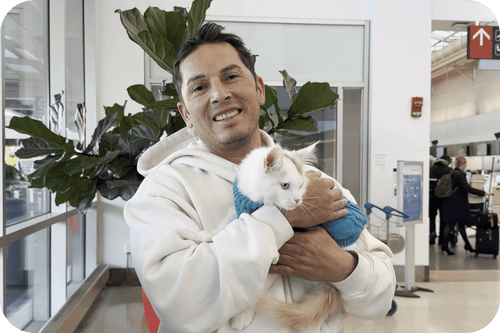
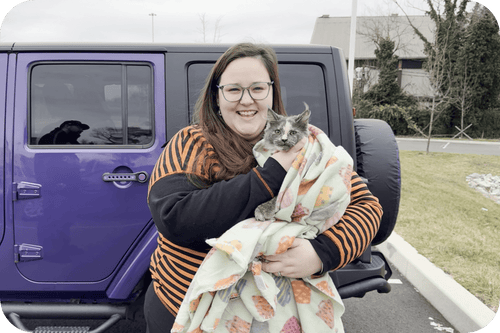
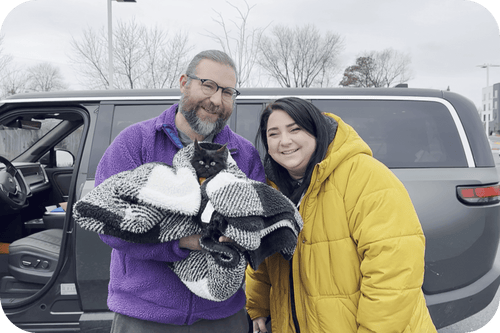
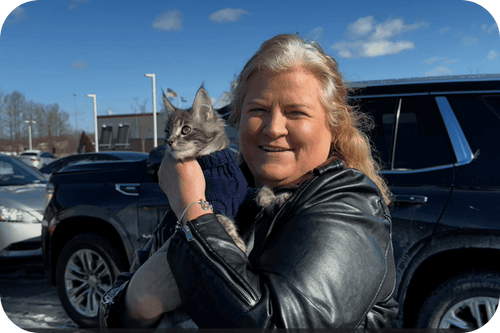

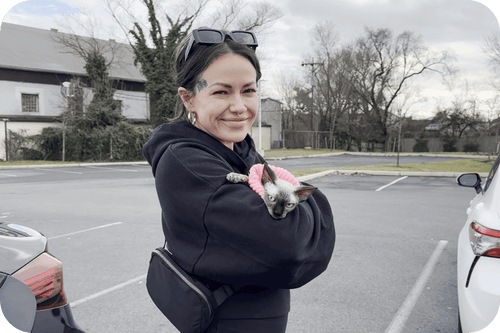
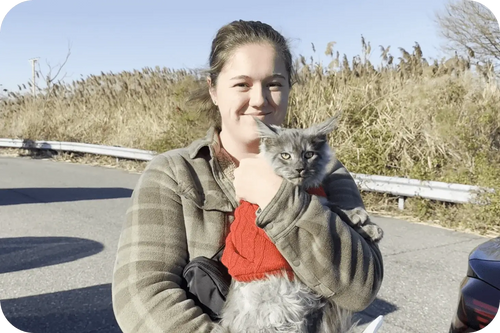
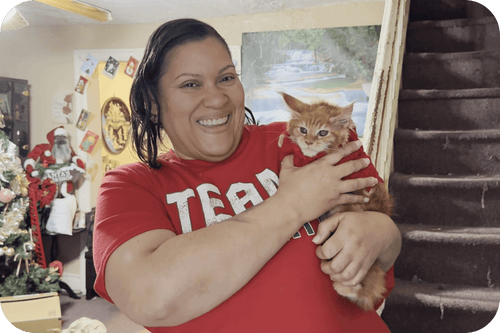
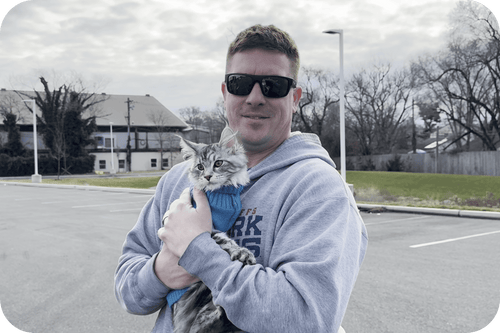
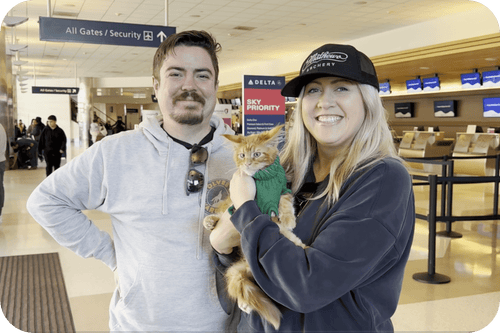
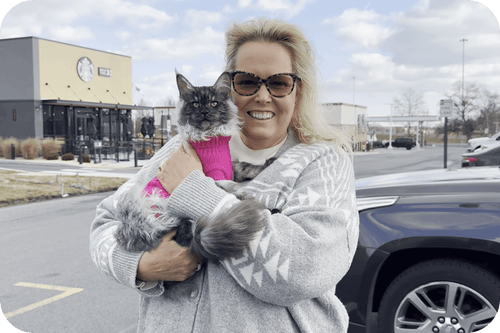
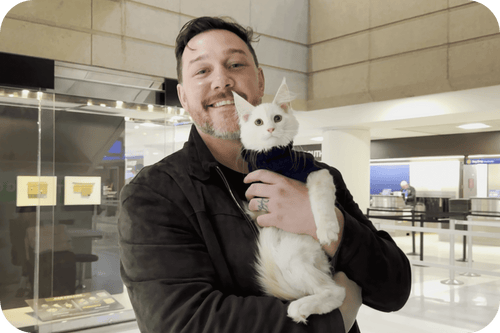
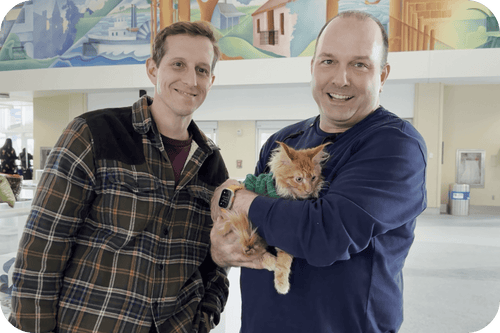
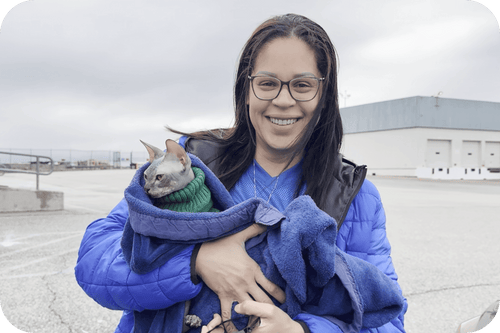
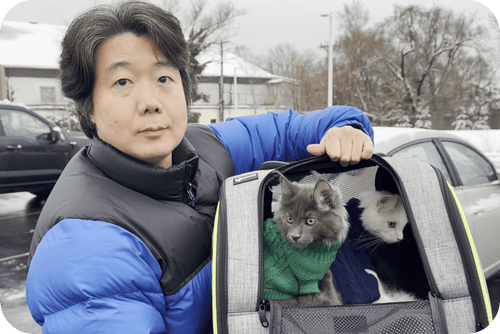
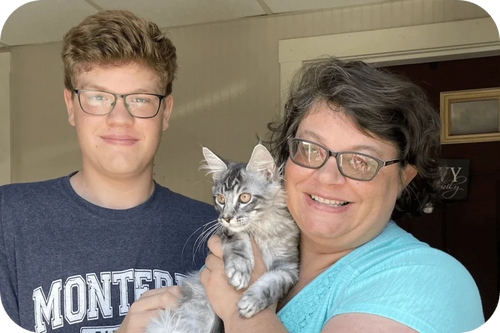
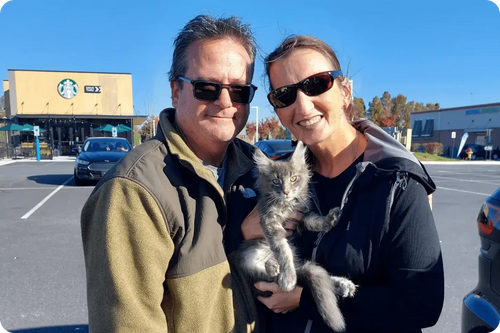
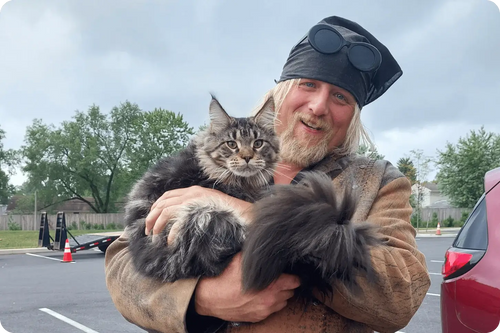
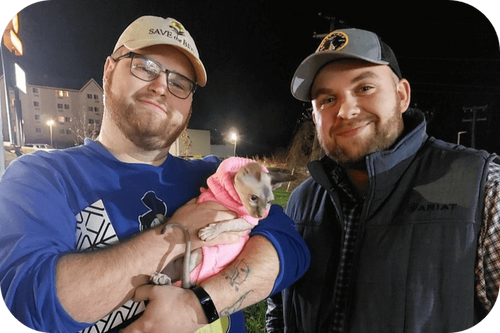
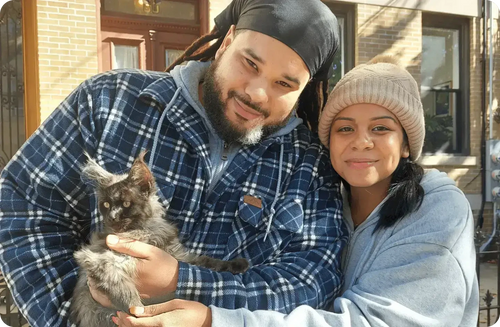
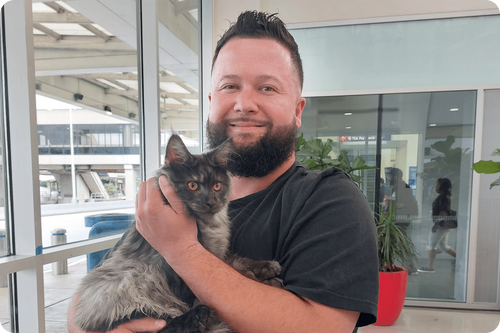
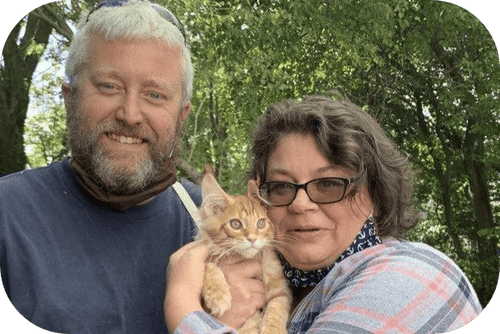












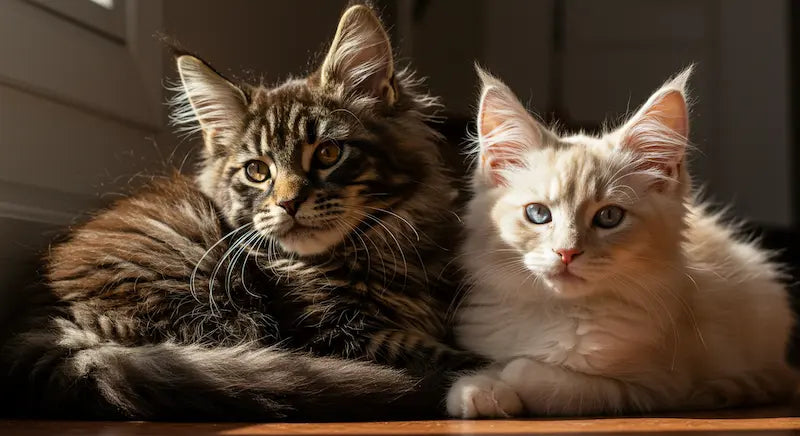
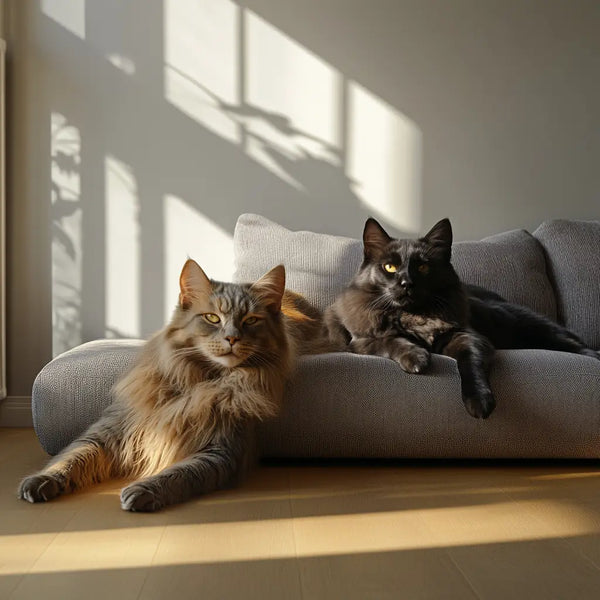





Comments(0)